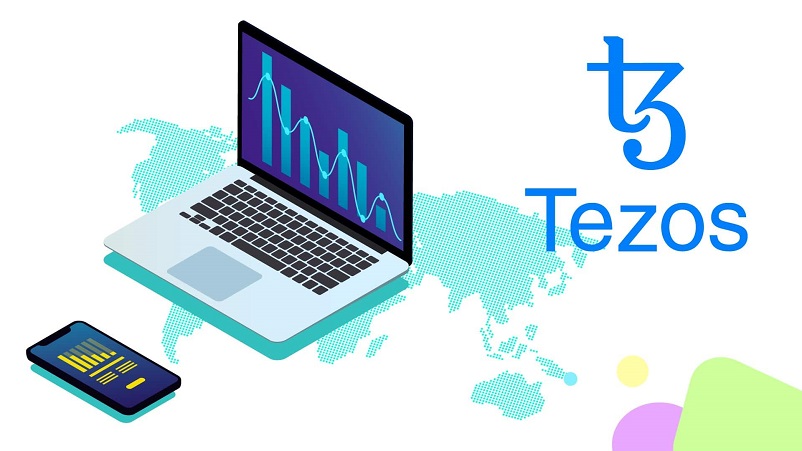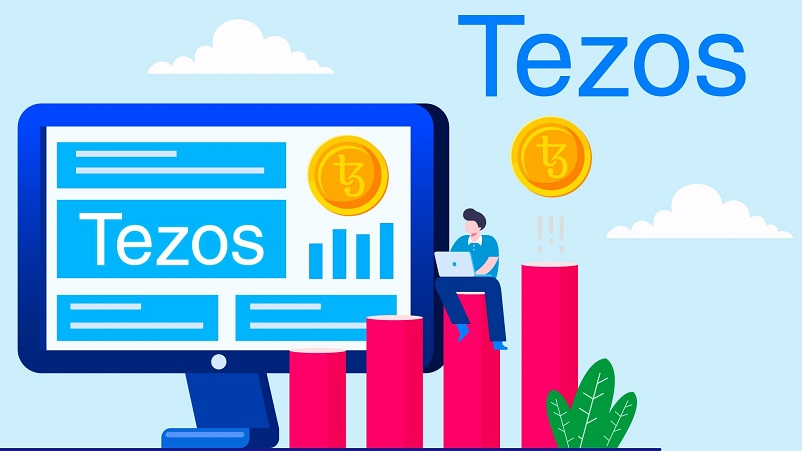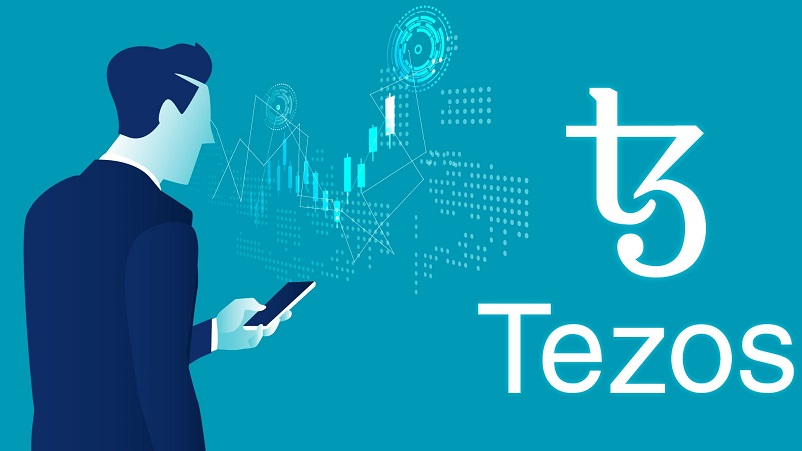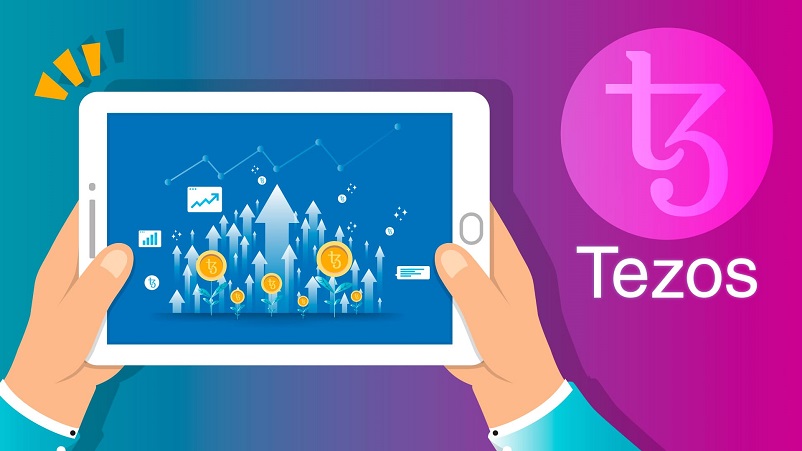Kickflow Crowdfunding and Grant Platform Makes Market Debut
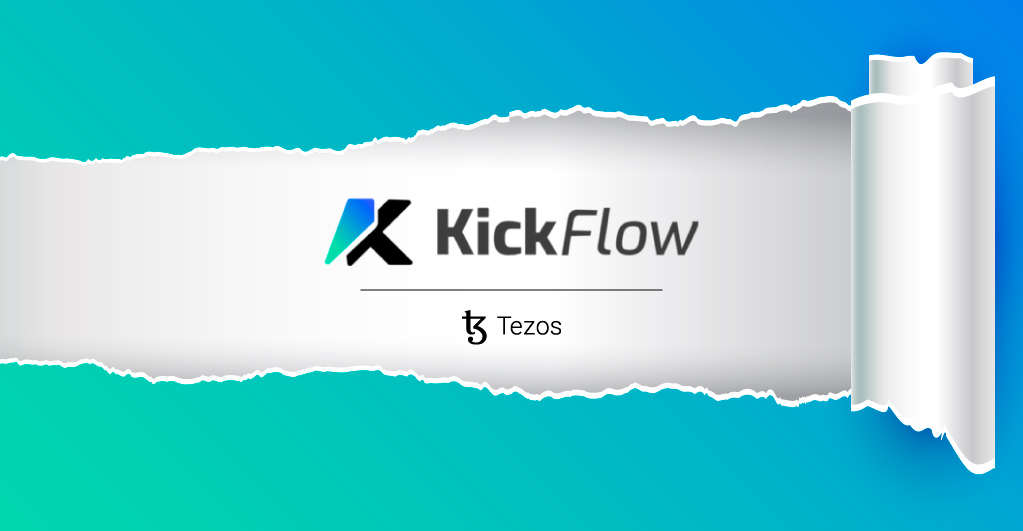
Presenting the revolutionary platform for crowdfunding and grants, Kickflow has made its debut in the cryptocurrency and blockchain space. It uses Tezos as its underpinnings and is built on the solid foundations of liberal radicalism and quadratic funding. It has been in development since October last year. Thanks to the various insightful suggestion received by the platform, Kickflow has taken the form that now consists of ideal characteristics on important aspects of customer orientation, user-friendly interface, and quick processing mechanism.
One of the distinctive capabilities of this new platform is its capability of creating a self-sustaining ecosystem capable of functioning seamlessly. Besides having the capability of acting as a general platform for crowdfunding, it can also conduct funding rounds on the blockchain managed by decentralized autonomous organizations (DAO). The decision-making procedure is fully decentralized, which means a voting mechanism has been adopted to decide various decisions and functional procedures related to the platform.
The crowdfunding round on Kickflow works in the following manner:
- First of all, sponsors use the money to find the matching pool with the help of stablecoins (10 days).
- This will be followed by the project joining the rounds of funding by depositing fully refundable security. They will also start accepting the contribution from the community (30 days).
- Then the cooldown period will start, and it’s important in flagging entries and raising any dispute associated with the contribution pattern. There is a time frame of seven days within which the disputed projects can be disqualified.
- After this process is over, the time frame of payout begins, and within the next 30 days, a payout from the sponsored pool can be retrieved.
The development is significant in extending the scope of blockchain technology and decentralized autonomous organizations among prospective users. The platform’s functionality is entirely based on a decentralized framework with a voting mechanism which means maximum transparency can be maintained throughout the processes.
